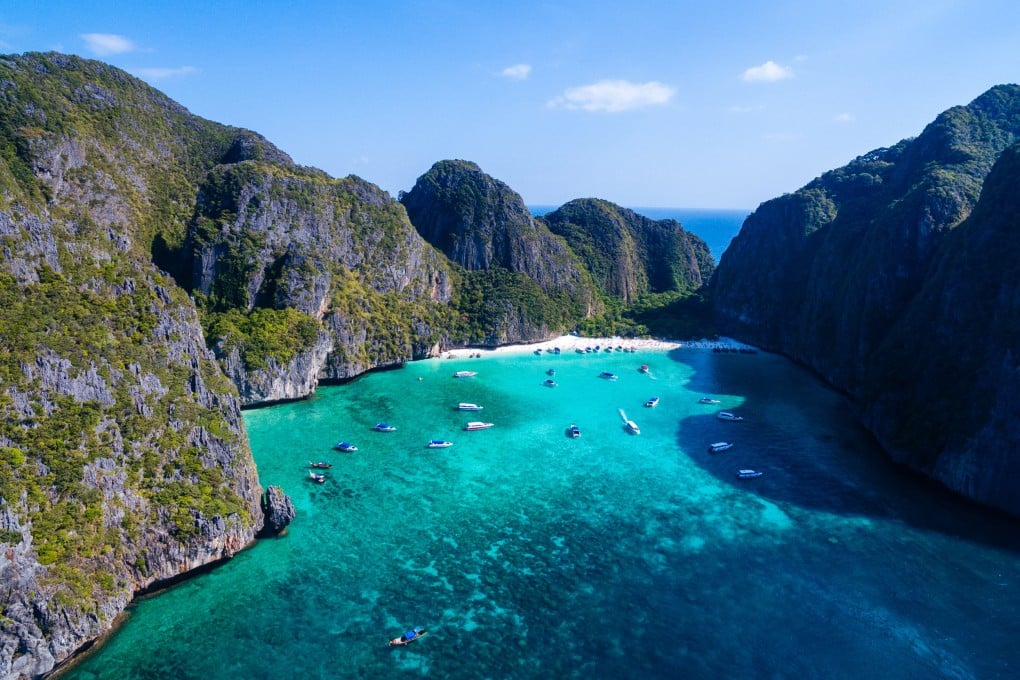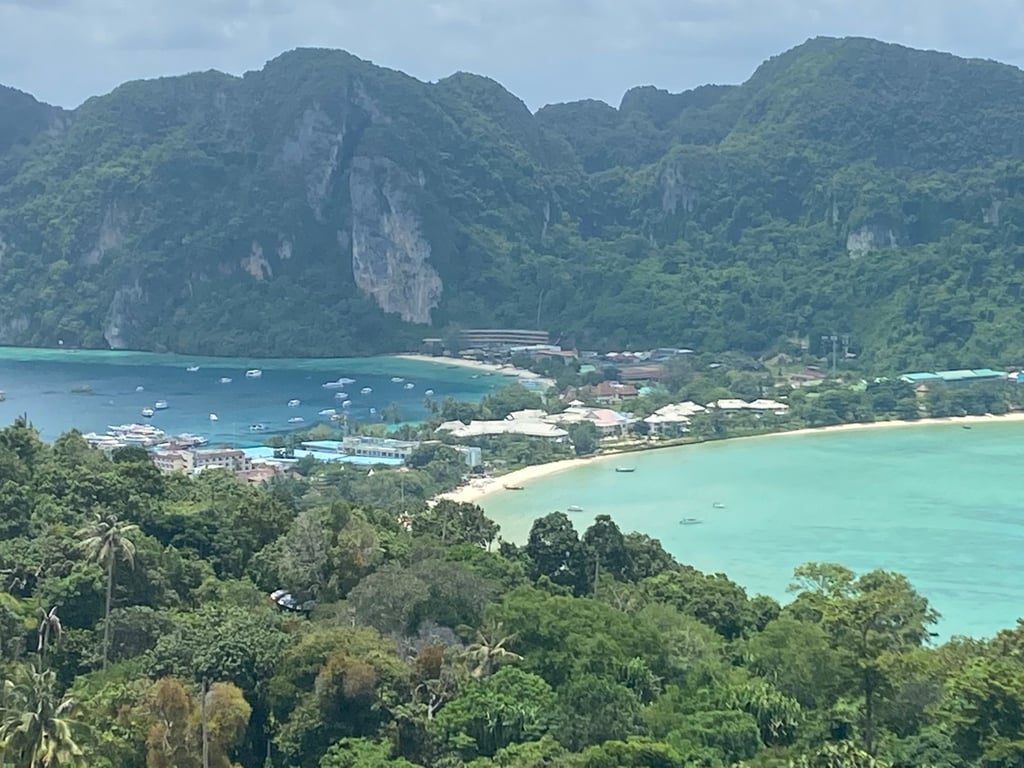Leonardo DiCaprio’s The Beach drew visitors who damaged the Thai bay where it was filmed; pausing tourism has helped the ecosystem recover
- The 2000 movie The Beach brought harm to Maya Bay where some of it was filmed, with plants uprooted and the overtourism it triggered ruining coral reefs
- Closed to visitors for years, the bay has recovered, coral is being grown to restore reefs and trash collected. Phi Phi Leh’s future looks to be in good hands

It’s been 20 years since I first visited Phi Phi, an island in Thailand’s Mu Koh Phi Phi National Park, clambering off a speedboat under the watchful gaze of dreadlocked backpackers, some of whom looked as though they’d forgotten how to return home.
Fresh from watching Leonardo DiCaprio’s star turn in The Beach (2000) and eager for some downtime after an exhausting exploration of Cambodia, my trip was a cliché-filled rite of passage – I drank towers of cheap Chang beer, watched fire poi dancers light up the night sky and stayed in a cockroach-infested hostel.
I don’t remember how much the ferry to Phi Phi cost, but in 2022 I pay just 400 baht (US$10.60) for the two-hour speedboat ride from the southern resort town of Phuket, which is the gateway to many of Thailand’s most beautiful islands. The ferry, which takes a little longer, costs even less.
It’s depressing to see a McDonald’s at the end of the pier at which my boat docks, but little else seems to have changed, and the same maze of narrow, bar-lined alleyways fans out across the island’s centre.

I splash out 450 baht a night on a tiny, neon green, beach-view cottage. The neighbouring hut is so close that I can touch the walls if I lean out of the window, but as I prise the cap off a bottle of Chang and soak up the view, it feels good to be back.
Locals wielding fishing rods still wander home past Phi Phi’s beach bars and the most beautiful building remains the mosque in the centre of town, surrounded by bars and dive schools.